Fresh Perspective
Developing and Scanning Best Practices
Price Point and Value for Money
Performance in Professional Photography Settings
Sample Photos
Tips
Discovering the Popho Luminar 100: A Fresh Perspective on 35mm Film
Hello everyone, Hashem here with a review of the new film Luminar 100 by Popho Camera. This film is essentially re-rolled Kodak Aero Color 4, perfect for beach photos. I loaded a roll into my EOS 500 and headed to the beach with Sarah to take some shots on a sunny day.
I enjoyed using Luminar 100 for nature shots and captured some stunning scenes. The warm tones and magenta/pink highlights were retained, giving a unique look to indoor and cloudy scenes. The Luminar 100 boasts a color palette that leans towards the warmer side, imbuing your photos with a subtle, nostalgic glow.
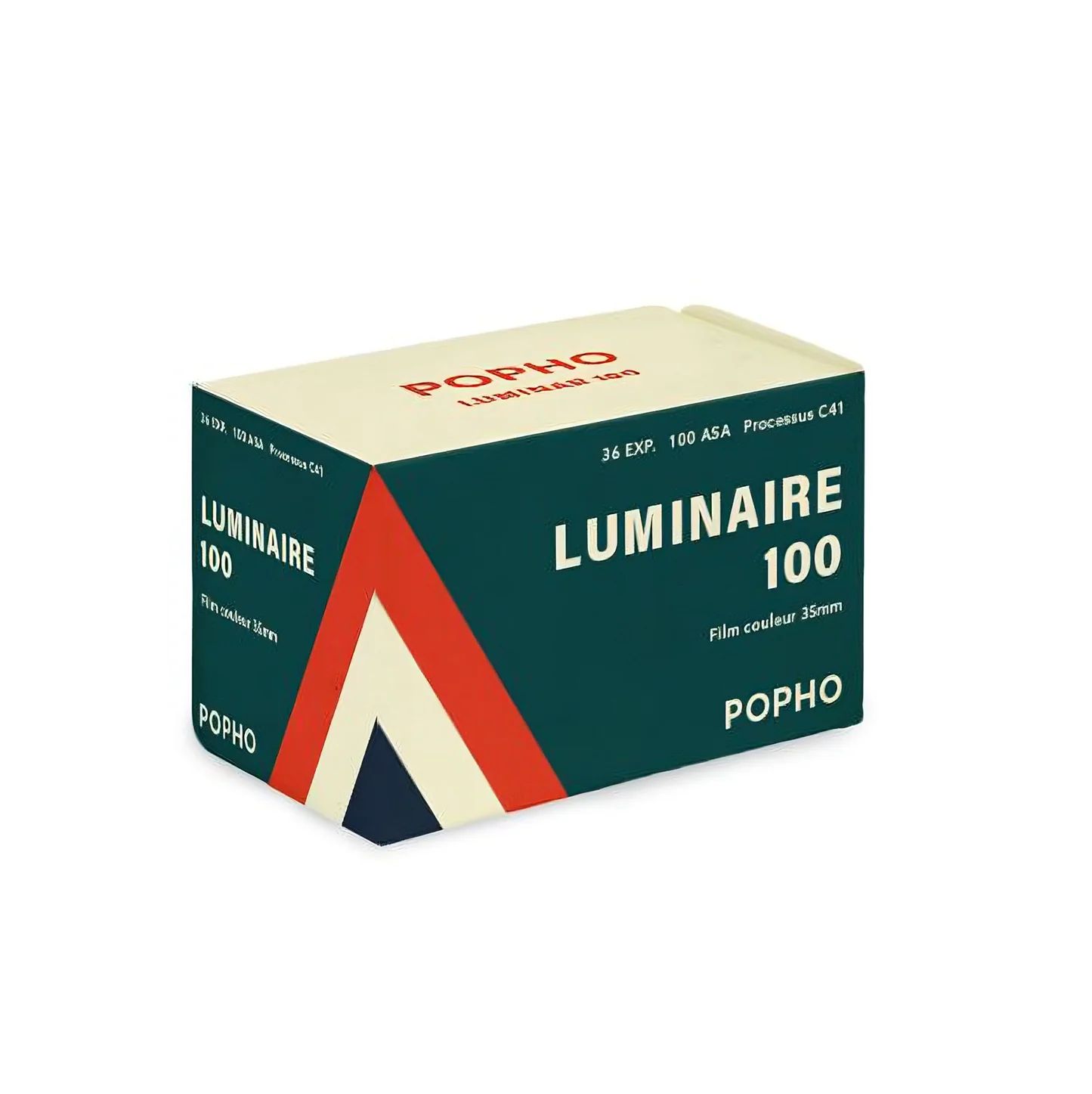
Developing and Scanning Best Practices
Developing Luminar 100 follows the standard C-41 process, which is available at most photo labs. To preserve the film’s unique color profile, ensure your lab uses fresh chemicals. Scanning is where you can further define your look. Request a high-resolution scan to capture all the details that Luminar 100 has to offer. For those who scan at home, a flatbed scanner with a dedicated film holder can yield fantastic results. Just remember to clean your negatives thoroughly to avoid dust spots on your final images.
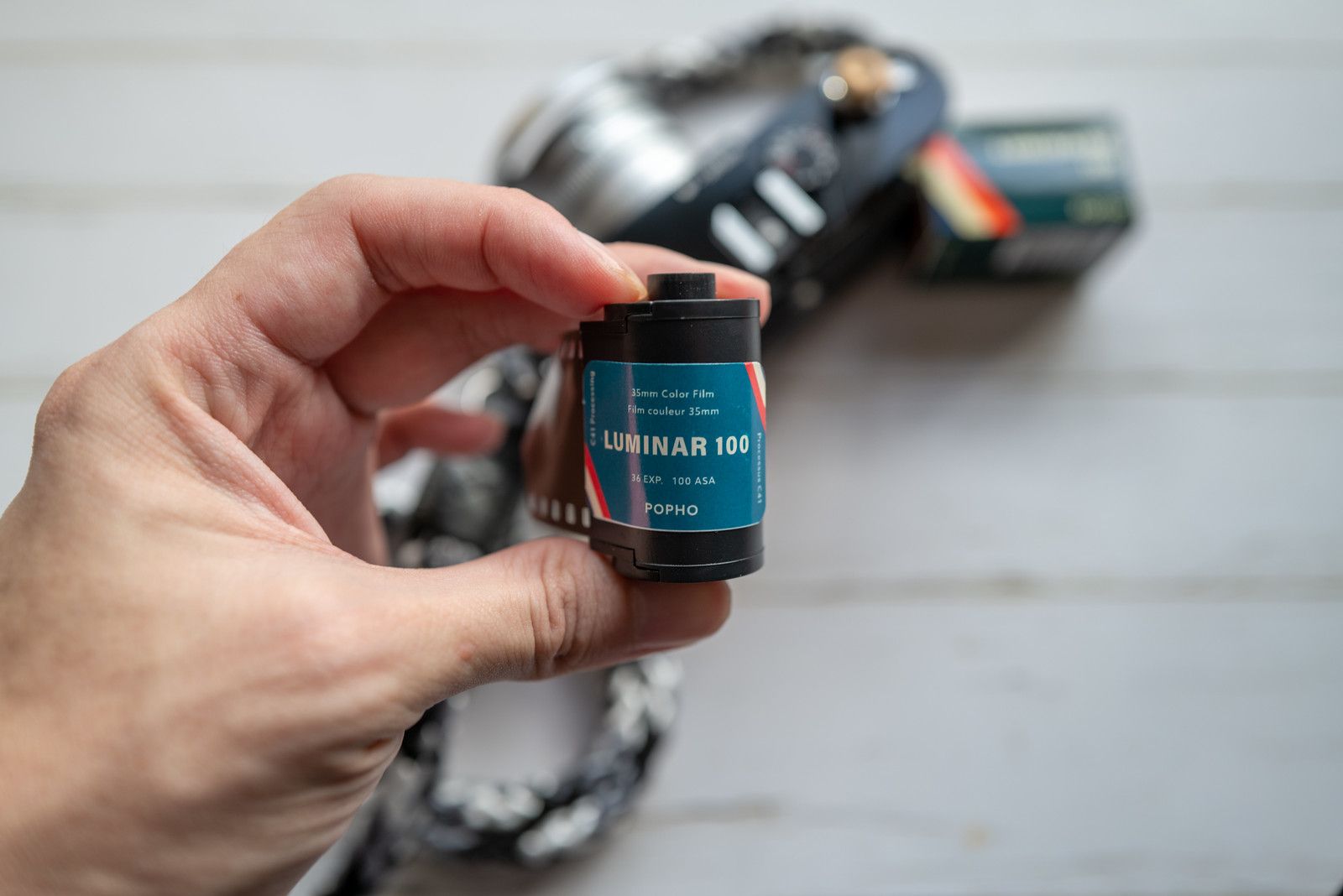
Price Point and Value for Money
When it comes to value for money, Luminar 100 is a clear winner. It’s priced competitively, making it accessible for students and hobbyists, yet it doesn’t compromise on quality. You can buy it for $14.99 CAD This film offers a balance of affordability and performance that is hard to beat. Whether you’re just starting out or looking to experiment without breaking the bank, Luminar 100 is an excellent choice.
Performance in Professional Photography Settings
The film shows fine-grained detail and nice colors with a warm look, especially noticeable in the highlights which can turn slightly pink. This is the kind of grain that adds character to your photos without overwhelming the details. It’s important to be careful when shooting portraits or skin tones, especially in sunlight or sunset light. The dynamic range is impressive, a noticeable step up from consumer films like Kodak Color Plus 200, with more saturation than films like Pro Image 100.Real-world Applications and Creative Potentials of Luminar 100
The real beauty of Popho Luminar 100 lies in its versatility. It’s a storyteller’s film, capable of capturing the subtleties of everyday life with a touch of whimsy. Its color rendition and fine grain make it ideal for a variety of photographic applications.
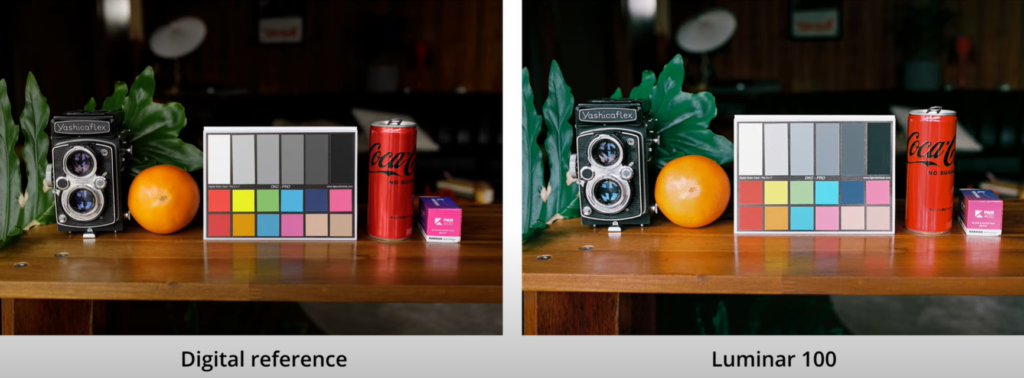
Tips
To get the most out of Popho Luminar 100, consider shooting in well-lit environments. An ISO of 100 means it thrives in sunlight or bright indoor lighting. When it comes to aperture, feel free to open up to capture a shallow depth of field that will make your subjects stand out against a creamy bokeh.
Overall, I found Luminar 100 to be a versatile and forgiving film, perfect for various shooting conditions. The film handled under and overexposure well, with unique red tones and warm hues. It’s a great addition to the color film market, offering photographers a chance to try something new.
Sample Photo



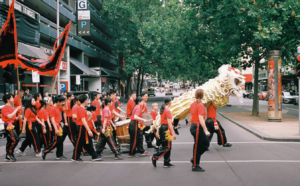


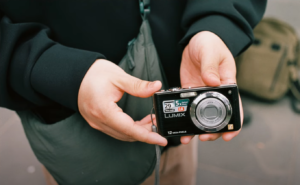


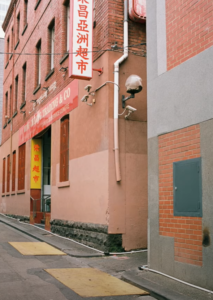














Frequently Asked Questions
Is Popho Luminar 100 Suitable for Beginners?
Absolutely! Popho Luminar 100 is an excellent choice for those just starting their journey in film photography. Its forgiving nature in terms of exposure latitude, combined with its affordability, makes it a stress-free choice for novices. The standard C-41 processing means you can get it developed at any local lab, making the whole process hassle-free.
How Does the Film Perform in Low Light?
With an ISO of 100, Popho Luminar 100 is optimized for daylight use. However, that doesn’t mean you can’t use it in low light. Pair it with a tripod and a longer exposure, or shoot wide open with a fast lens, and you can still capture the mood of dimly lit scenes. Just remember, the slower the shutter speed, the steadier you’ll need to keep the camera to avoid blur.
Can Popho Luminar 100 Be Pushed or Pulled in Development?
Pushing or pulling film refers to the process of underexposing or overexposing the film and then compensating for it during development. Popho Luminar 100 can handle pushing up to 1 stop, which effectively makes it a 200 ISO film, with an increase in grain and contrast. Pulling, on the other hand, isn’t commonly done with this film due to its lower base ISO.
Example: A photographer decides to push Luminar 100 to 200 ISO to capture a dimly lit street scene after sunset. The resulting image has more contrast and a pronounced grain structure, giving it a dramatic and gritty look.
What Are the Storage Recommendations for Luminar 100?
Storing your Popho Luminar 100 correctly is key to maintaining its quality. Keep it in a cool, dry place, away from direct sunlight. For long-term storage, consider keeping it in the fridge, but let it come to room temperature before loading it into your camera to prevent condensation.
Where Can I Find Popho Luminar 100 for Purchase?
You can find Popho Luminar 100 at most photography supply stores or online. It’s widely available due to its popularity among both amateurs and professionals. Check out specialized film photography websites for possible bulk deals, or your local camera shop to support small businesses.
Embracing the Popho Luminar 100 film is like taking a step back to the roots of photography while still producing images that resonate with modern aesthetics. Its combination of fine grain, color accuracy, and affordability makes it a versatile choice for anyone looking to explore the rich world of film photography. So load up a roll, head out with your camera, and let the Luminar 100 help you see the world through a different lens—literally.
The resurgence of film photography has brought with it a renewed appreciation for the nuances of analog image capture. Among the various film formats, 35mm remains a popular choice for its combination of image quality and portability. A recent review of the Popho Luminar 100, a 35mm film known for its fine grain and excellent color rendition, reveals that it could be a strong contender for those who value the aesthetic of traditional film in an increasingly digital world. For photographers looking to explore this medium, understanding the Sunny 16 rule in film photography is essential for mastering exposure without relying on modern metering systems.




Leave a Reply